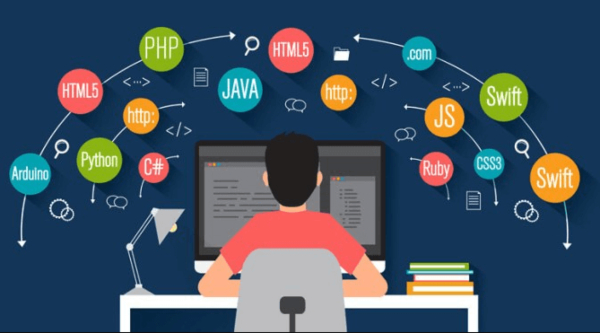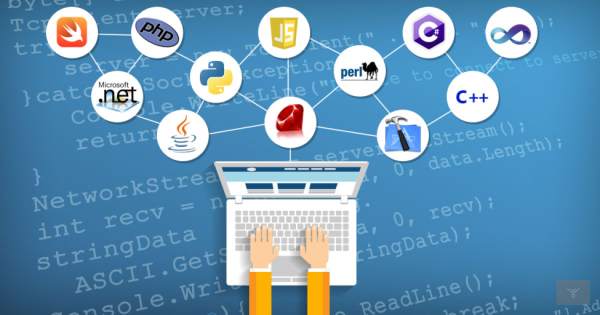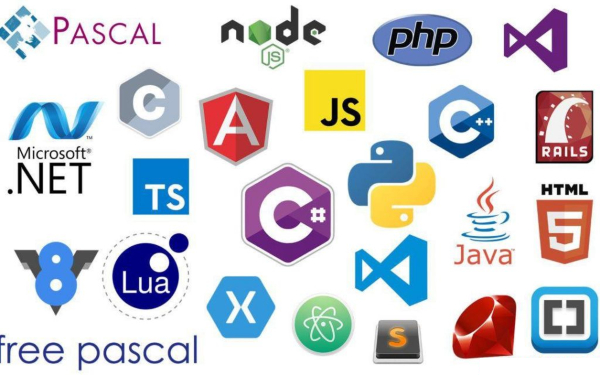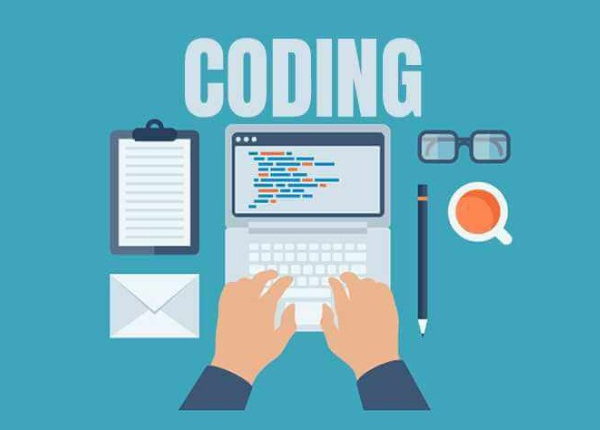As we know, for humans to communicate with each other, in addition to body language, we also need other specific languages. Similarly, to communicate with computers, programmers need a language called a programming language. The world of computer science is incredibly rich, but first, we need to know what a programming language is.
I. What is a Programming Language?
A programming language is an artificial language that can be used to control the behavior of a machine. Programmers use this encoded language to write instructions that computers can understand and execute what the programmer wants. Like human languages, programming languages are defined by the use of syntax and semantics rules, to outline structure and meaning respectively.

II. What is the Difference Between Low-Level and High-Level Programming Languages?
Programming languages are mainly distinguished into two types: high and low. These classifications are based on the level of human understanding of them.
- Understanding level: High-level programming languages can be easily understood and interpreted by everyone. Conversely, low-level programming languages are more difficult to understand and are more machine-friendly than human-friendly.
- Ease of Debugging: In terms of flexibility in understanding and debugging, high-level programming languages win because this code is easy to interpret, and programmers can easily solve errors in the code. However, due to the complexity of low-level programming languages, detecting errors and their sources may be more challenging.
- Memory Efficiency: Low-level programming languages are memory efficient. Compared to them, high-level languages are relatively slow in program execution.
- Compatibility: High-level programming languages are cross-platform, so you can work and execute code on any platform. However, low-level programming languages depend on the machine because the code can only run on a specific platform.
- Translation: Programming languages are a set of instructions provided to a machine and are converted into a code that the machine can read. In this case, high-level programming languages use interpreters to translate the code, while low-level languages use code compilers.
- Usage: Due to their simplicity and ability to be executed on any platform, high-level programming languages are preferred and used in software development. However, low-level languages, although still in use, are very rare.
III. Functions and Objectives of Programming Languages
1. Functions
Programming languages are used to write computer programs, instructing computers to perform some types of computation or to organize the control flow among external devices (such as printers, robots, or any peripheral device).

2. Objectives
Programming languages differ from natural languages in that natural languages are only used for interaction between humans, while programming languages also allow humans to convey instructions to machines.
IV. How Many Programming Languages Are There?
Although it's evident that there are numerous programming languages out there, only a few are popular and widely known. According to Wikipedia, there is a gigantic number of over 700 programming languages. These programming languages are used for various purposes and come with different functionalities.

In general, programming languages are categorized into high-level and low-level. However, as you delve deeper, there are even more types of programming languages that you should be aware of before deciding to learn and master a programming language.
V. Exploring Job Opportunities in Information Technology
Getting a job in the information technology sector is both easy and somewhat challenging. You will need to possess both technical and non-technical skills. Technically, the first and most important skill that any candidate seeking a position in the tech field must have is proficiency in a programming language.

Whether you are a newbie or a technology student, you might have heard about what a programming language is. However, you should know that the term programming language is abstract. There are many different programming languages that you might and might not have heard of, and each language is classified into different categories.
Choosing a programming language to start a thriving career could be considered a trend of the era. However, don't just chase ambitions because passion is one of the elements that help you persist with your work. Hopefully, learning about what the many programming languages are will spark interest in you. From there, you can choose a programming language that best suits your interests and goals.
Submit feedback
Your email address will not be made public. Fields marked are required *
Search
Trend
-
The most commonly used HTML tags
02-01-2020 . 11k view
-
Websites for earning money at home by typing documents
05-17-2023 . 9k view
-
Earn money by answering surveys with Toluna
01-12-2020 . 7k view
-
Guide to creating a database in phpMyAdmin XAMPP
04-25-2020 . 4k view
















0 feedback